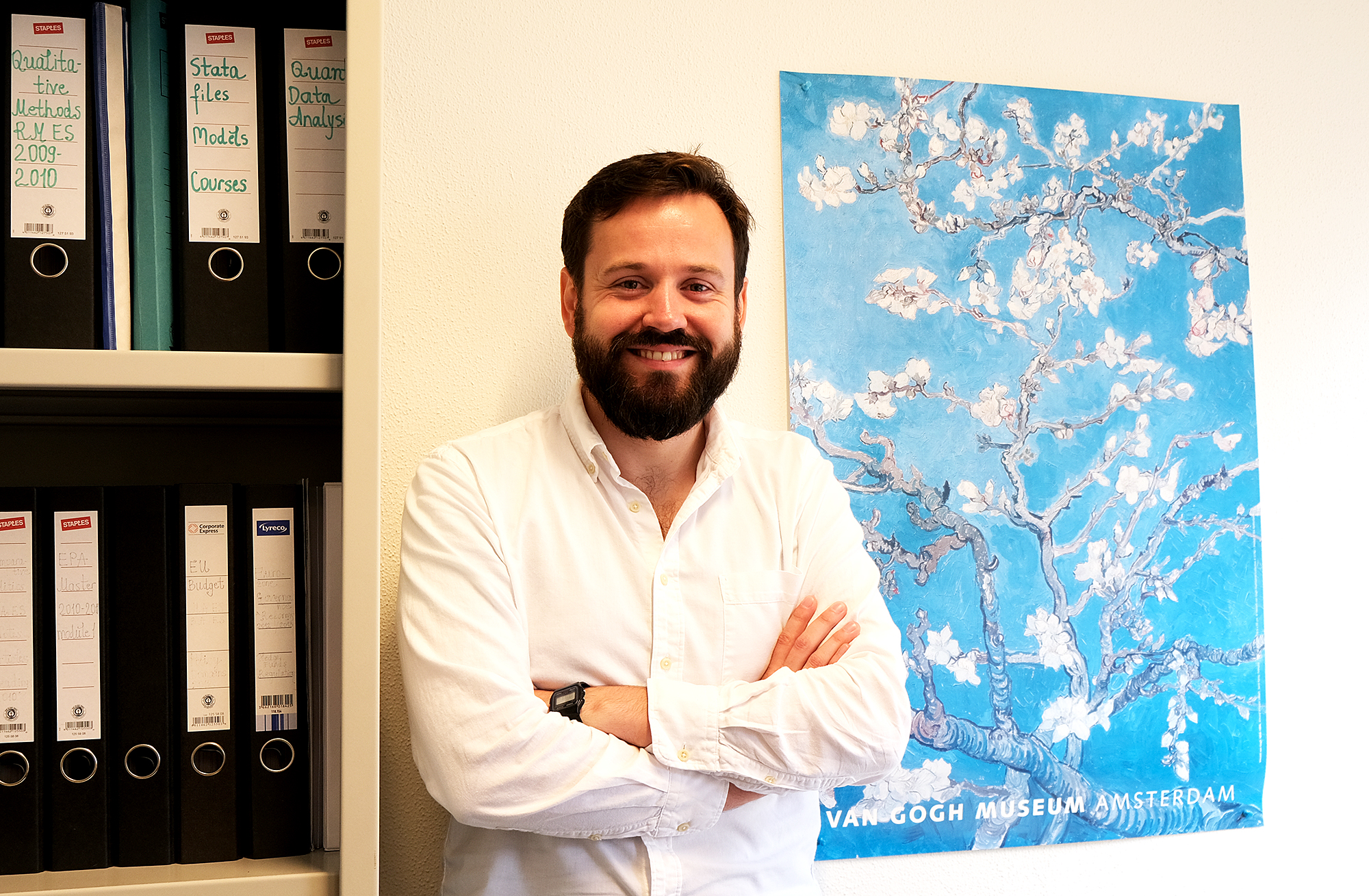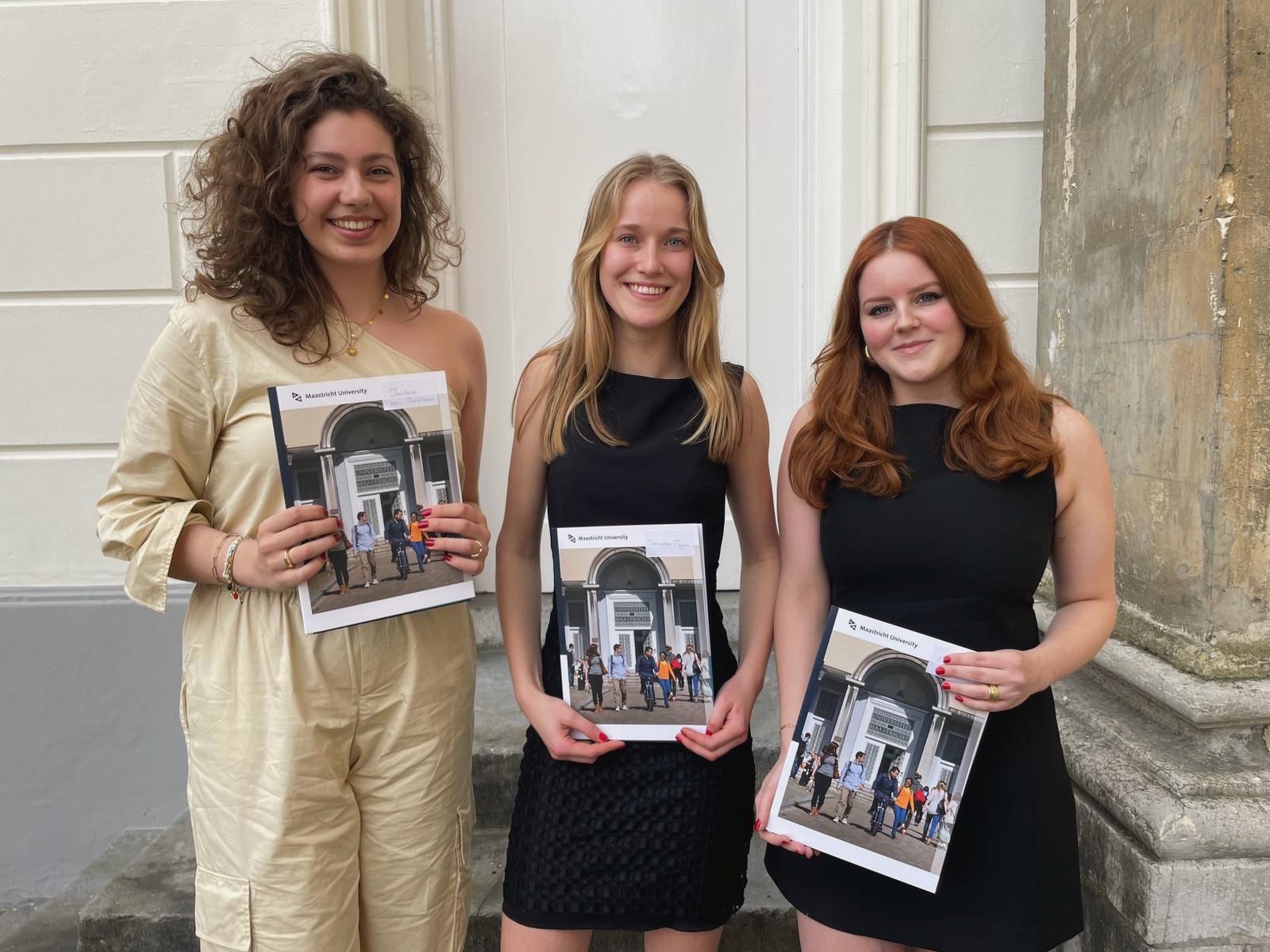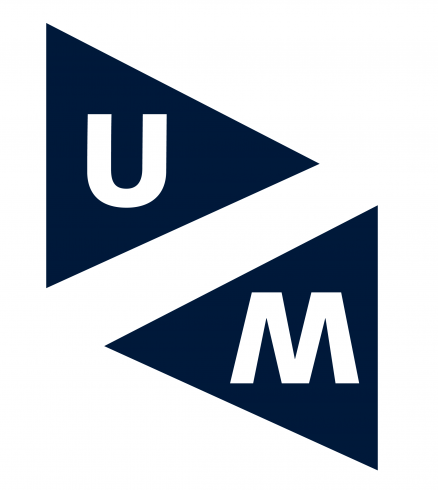Jacob Ward's experience with authentic assessment: smiles, surprises and some wobbles
Jacob Ward, Assistant Professor in History at the Faculty of Arts and Social Sciences, decided to apply an assessment method more authentic to a professional setting outside of the university. He asked his students to design a museum exhibition instead of writing an academic paper. How did they react to this unusual educational approach and assessment format?

Authentic assessment
As much as we'd like to train students to write only for academic audiences, the reality is that when they leave university, they will interact with different audiences. So we need to prepare them for that as well.
With this thought in mind, I introduced an authentic assessment format in the "Making Knowledge" course module of the Bachelor's programme in Digital Society. I wanted to apply an assessment method more authentic to a professional setting outside of the university.
The "Making Knowledge" module is compulsory for around 70 to 80 second-year students with various disciplinary backgrounds. It explores how digital technologies change the way scientists - natural scientists, physical scientists like chemists, social scientists and humanities scholars – and science communicators, such as journalists, create and share knowledge.
I wanted to challenge students to be critical of the idea that technology improves our lives and that digital technologies improve science. While digitalisation can improve some aspects of science, it may also bring up other problems, such as intellectual property issues or data breaches. I wanted students to reflect on the tensions that digitalisation can bring to science.
10 objects for a museum exhibition
I decided to use the idea of the museum exhibition based on a previous experience teaching on a course with a similar assignment and an international student group in the UK and my former job as an exhibition developer at the Science Museum, London. It seemed well suited to the field of work arts and humanities students at FASoS may do after graduation.
I asked the students to design a museum exhibition displaying how digitalisation had changed science or knowledge production over time. Specifically, I asked them to select 10 objects, give short presentations about these objects at regular intervals throughout the course, and produce a floor plan for their exhibition.
I included a final paper in the assignment to avoid having visual students only produce an exhibition prototype with museum rooms. In it, they had to explain why they chose the 10 objects, how they designed the museum exhibition, the purpose of the exhibition, and what a visitor would be experiencing through the exhibition.

Creative freedom
I gave students a certain degree of freedom in the selection of objects and observed multiple benefits in this approach. The assignment gave students a lot of autonomy and freedom to be creative. It also enabled them to create something new: their own museum exhibition. The objects were an individual choice, not the result of teamwork, and it was surprising to see how students ended up choosing very different objects.
One student illustrated the influence of digitalisation on science through the history of codebreaking. They showed the Enigma machine and explained its role during World War II, highlighting that mathematicians and scientists conducted much of the codebreaking research and later invented the first digital codebreaking machines. By telling a war story, the student took an original approach that challenged how we might think of digitalisation in science nowadays as something very abstract and aesthetic that only happens in the cloud.
Another student challenged the idea that only digital tools are helpful to scientists. The student selected seemingly mundane or boring objects used by scientists, such as the little collecting tin that field ecologists use to collect samples when they are out in the wild. They showed that ordinary objects could be essential for scientists.
Another student presented five scientific instruments in their analogue and digital versions, such as a telescope or a microscope. He designed an exhibition with two parallel tracks that nudged visitors to bounce back and forth between the analogue and the digital sections.
Challenges
As with all types of learning, this assessment method worked very well for some students, while others needed more time to understand its purpose and value.
It took more work than I expected to explain the societal relevance of the course. I underestimated how much convincing the students would need to understand and accept why they should be interested in science and why the influence of digital technologies on science was a subject worth studying.
I suspect the students would have found it easier to think about a more straightforward, concrete, and visible topic, such as the influence of digitalisation on politics. They've watched documentaries about Cambridge Analytica, and they're already aware that social media is collecting their data in a way that political groups can use. It's much easier for them to connect emotionally to that topic.
In designing the course assessment, I had to think about how to assess the new elements I was introducing. At the same time, I also had to ensure to evaluate the students on essential academic competencies like referencing, engaging with the academic literature, and reading and writing skills. It was challenging to find the balance.







Knowledge and Digitalisation
The History of Journalism
Expert vs Citizen Knowledge-making
It's Called Fake News
Knowledge, Ignorance and the Masses
Journalism
Journalism
Balancing novelty and tradition
The really big lesson I learned was that you couldn't just have a regular course and then drop in a new style of authentic assessment at the end.
In designing this assessment, I thought the exhibition could be a sandbox or a blank canvas for students to play with. But I found that students wanted to formalise it more and receive much more support and guidance than I expected, especially on the exhibition design aspect.
Another important point to be sensitive to when introducing this type of assessment is that not all students may have a lot of experience visiting museums. Museum visits played a big role in my own education, but that might not be the case for all my students. I needed to take that into account and realise that this assessment also reflected my own ideas and assumptions about education and culture.
The societal relevance of authentic learning
Based on this first experience, I reviewed the course and made some changes. I added a tutorial at the beginning of the second year to explain what digitalisation in science looks like concretely in the public sphere. The goal of this tutorial was to help students realise the connection between science and society and the broader implications of this connection right at the start of the course.
The extra tutorial focused on finding newspaper articles and news stories that the students might have seen in magazines or on social media and asking questions like: "What is interesting about this news story? Why is The Guardian writing about digitalisation in science, and what is the public interest in this topic?"
The students also had to read two or three short articles by museum professionals to learn what makes a good exhibition and how to use a museum catalogue. I wanted the students to realise that when museum exhibition curators design an exhibition, they must do a lot of research to guide their choice of objects and write accurate labels about them.
I told the students to visit the Natural History Museum in Maastricht. When they returned for the following tutorial, we discussed what they thought of the museum, what worked well for them, and what didn't. I told them to use that experience to develop their critical ability and understanding of a museum exhibition.
Authentic assessment in other UM faculties
In faculties like medicine, this assessment method may already be pretty standard. It may not necessarily sound very innovative because, with clinical examinations, students are used to having exams that simulate authentic professional settings. But other faculties and degree programmes might not be so used to it. In my view, this type of assessment brings many benefits and is absolutely something that can be applied across the whole university!
By Sueli Brodin, EDLAB
This article is based on a conversation with Jacob Ward, Assistant Professor, History, Faculty of Arts and Social Sciences. Read the full article on Canvas.
This article is a publication of edUMinded, the Maastricht University online magazine on Teaching & Learning.
Interested in more Teaching & Learning stories?
Also read
-
The Honours programme is an extracurricular activity for bachelor’s students in year 2 and 3 to showcase their academic skills and teamwork in a real-life project. We talked to Emma van Straten, a Health Sciences student and Honours alumna who organised an international conference on Lama2 in...
-
The University Council of Maastricht University (UM) is holding a confidential today.
-
The Executive Board Executive Board and the University Council of Maastricht University (UM) met today and discussed both the protests at UM and the underlying issue of international cooperations.

